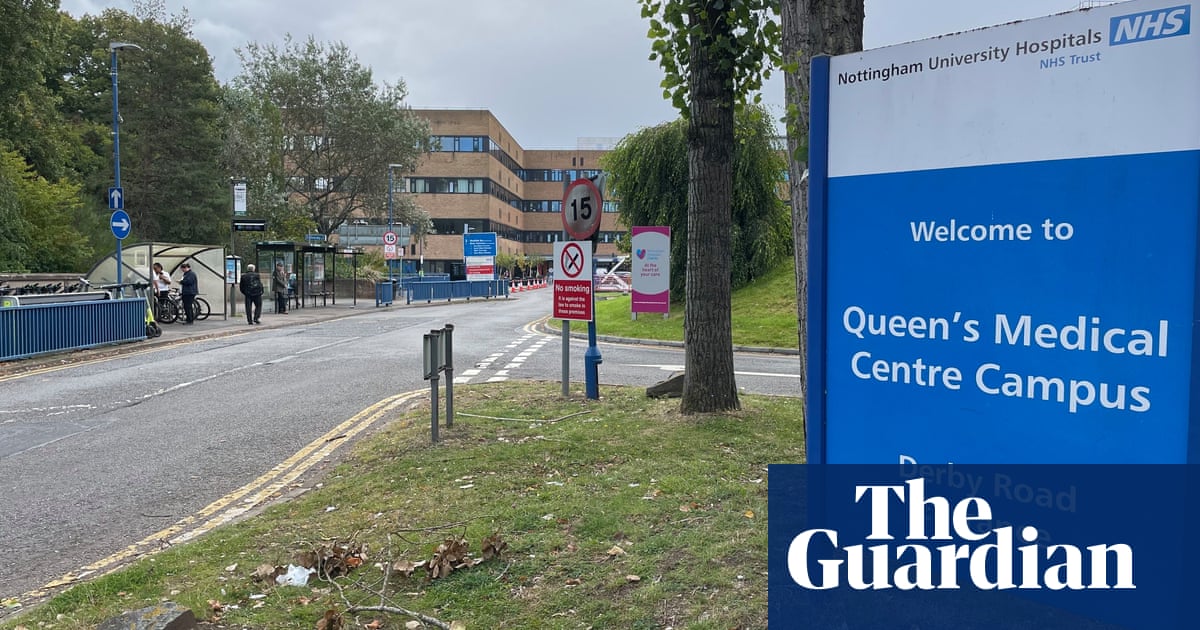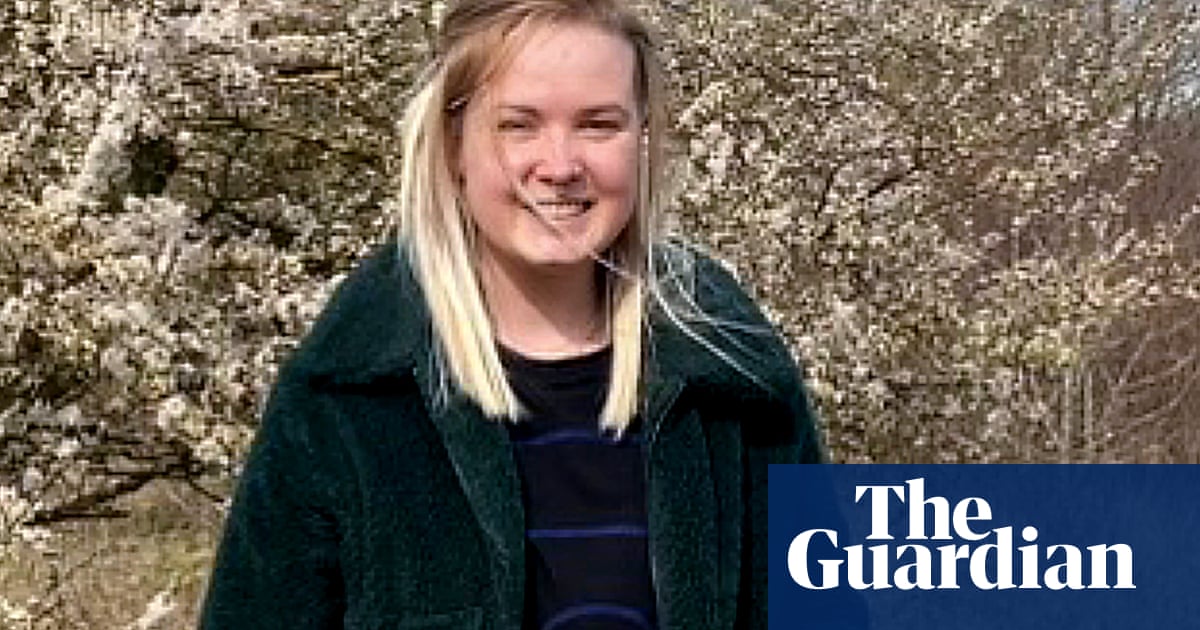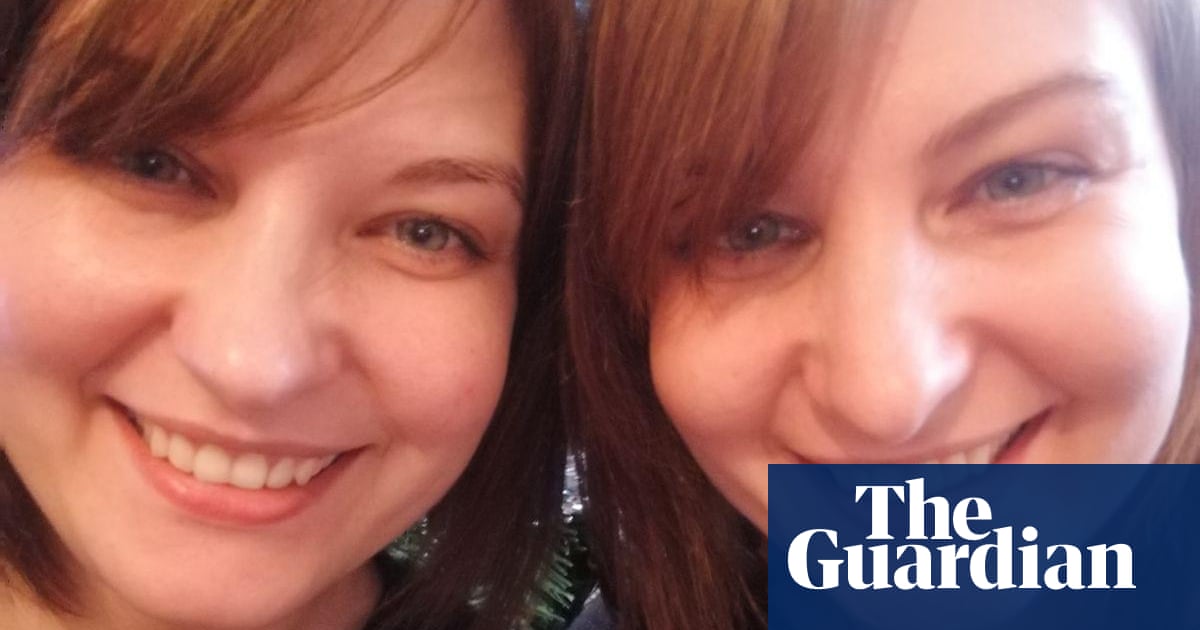
A 39-year-old woman found dying under a coat in an overcrowded A&E in Nottingham may have been missed by staff because they were accustomed to homeless people sleeping in the waiting area, an inquest has heard.
Inga Rublite attended A&E at Queen’s Medical Centre (QMC) at 10.40pm on 19 January suffering from a severe headache, blurred vision, high blood pressure and vomiting.
Rublite was last assessed by medical staff at 2am on 20 January, but when she failed to respond after her name was called at 4.30am, 5.26am and 6.50am, it was assumed she had gone home and she was discharged from the system.
Rublite was found by staff at 7am, slumped on the floor with a coat covering her face, where she had vomited and had had a seizure. She was taken to intensive care but had suffered a severe brain haemorrhage and died two days later on 22 January.
At an inquest into her death on Wednesday, before the Nottinghamshire assistant coroner Dr Elizabeth Didcock, QMC medical staff said they were struggling with patient overcrowding and staff shortages on the night Rublite arrived.
When asked why more was not done to find Rublite when she did not respond, Dr Robert Jamieson, an emergency medicine consultant at the hospital, said: “I have no explanation for that other than the constant barrage of needing to do the next thing, see the next person, means that these things, which seem so obvious, just don’t happen.”
He said the standards placed on staff regarding observations and treatment were “unachievable” with the staffing levels and volume of patients.
Staff on duty reported that they also tried calling Rublite’s mobile phone, although her twin sister, Inese Briede, said there was no evidence of a missed call at that time.
Luke Derby, an emergency department adult matron at QMC, said there were 61 patients in the waiting area that night, and anything above 38 was considered exceeding maximum capacity. Along with relatives, there could have been 80 to 90 people in the waiting area where Rublite was sitting.
Jamieson said: “We are never not crowded; this is an average of what we would expect to have in our department. It’s always like this.”
Rublite was sitting on a chair in a 10ft-wide passageway off the main waiting area, next to double doors leading to another department, where staff would have walked past her multiple times throughout the night, Derby said.
He said the sight of someone sleeping under a coat was a daily occurrence at the hospital because homeless people used the waiting area as a place to sleep during the winter months. Derby said: “Someone sleeping under a coat in our waiting room is not unheard of; a lot of homeless people come and sit in our department, and it is busy and noisy.”
Rublite’s seat was out of sight of the main nurse station, and the row of chairs where she was sitting has now been moved to prevent a similar incident taking place. A public address system for calling patients’ names is also being considered.
The inquest heard there was no senior doctor in the triage area where Rublite was initially assessed due to staffing shortages, and a CT scan was not requested, despite her symptoms suggesting she needed one.
When she was last assessed, her pain had increased from mild to severe and her heart rate had also gone up, the inquest heard. It was two hours later when she was next called for further observation.
Giving evidence, a consultant neurosurgeon, Graham Dow, said if Rublite had been given a CT scan earlier, she would have been quickly sent to a neurology ward for treatment. But she likely suffered a second “catastrophic” bleed in the morning, he said, shortly before she was found, which would have been difficult to treat even if she had been admitted to a ward.
The inquest continues.












